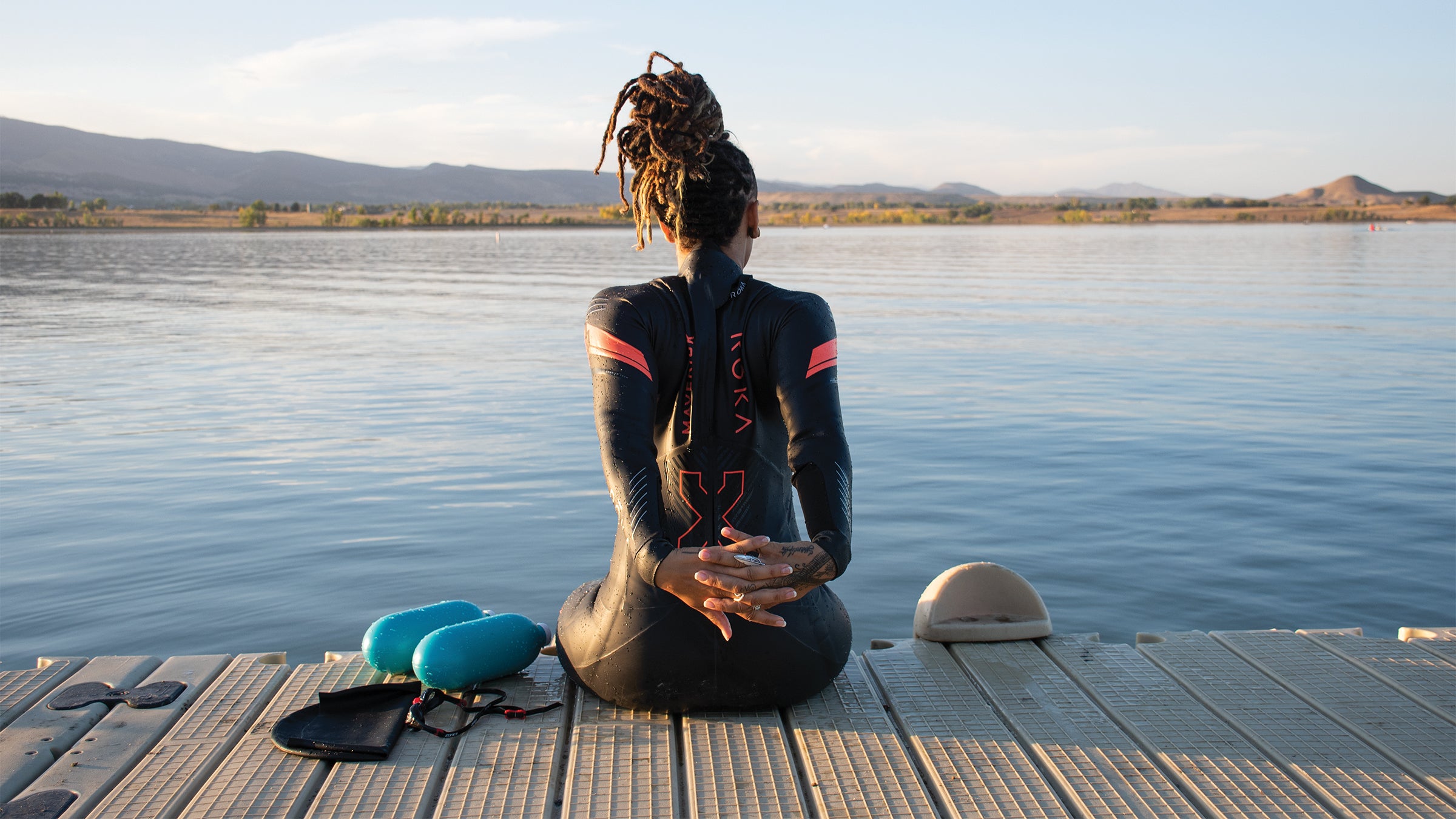Why You Need These Single-Sport Plans to Supercharge Your Training

(Photo: Hannah DeWitt)
It’s no secret, triathletes play favorites. For whatever reason—maybe they find biking really relaxing, or they have a background in running—they lavish time and attention on one of the three disciplines, at the expense of another. As an Olympic triathlon team coach with 20 years of experience, Gale Bernhardt can attest to the fact that playing favorites (and the resulting lopsidedness in performance) happens at every level, from beginner to Olympian.
Theoretically, taking a block of time instead in the off-season to focus on just one sport, typically your weakest one, will boost that sport and help you become a more well-rounded, stronger, faster triathlete overall. Theoretically. But in practice, this idea is met with resistance. Many athletes fear they’ll lose their edge and their feel for the other sports, Bernhardt said. But, in her experience, those fears are groundless.
She has found that focusing on a single sport not only provided measurable gains in that discipline, but that the other two did not suffer. Quite the opposite. The change of routine and the rest it provides from the mental and physical demands of the three-sport grind functions like a mini vacation—the other two sports, at which you were probably more skilled anyway, come back quickly, even at a higher level, once training is resumed. When focusing on the swim, for example, you still get in four intense workouts per week, but the overall volume is less than when trying to hit all three sports equally, and the muscles and systems used in running and biking get a much-needed break.
Plus, no one’s talking about utterly abandoning the other two sports. Bernhardt recommends touching on the other two sports once or twice per week, depending on the athlete, as easy recovery from your focus-sport workouts.
“The goal is to have the non-focus sports take a back seat to the focus sport,” she said, so don’t overdo it in your recovery non-focus-sport workouts. “Be rested and fully recovered for those key sessions.”
Assuming that you’ve taken between two and four weeks completely off—as in, no workouts at all—a four-week single-sport block eases you back into the routine of more structured training. Most coaches agree on the concepts of taking a total break and a single-sport training block, but there’s wiggle room on the amount of time spent in each. Bernhardt prefers a six- to eight-week single-sport block because she finds it takes that long to see improvement. Experiment with what works best for your physiology and your schedule.
We asked three top tri coaches who each have a high level of experience in their respective sport to give us their advice on how to get the most from a sport-specific block. You can see their tips and four-week single-sport training programs by following the links below. Each coach built their program around key workouts designed for athletes training for Olympic- to half iron–distance, allowing you to plug in recovery sessions in the other two sports where they work for you. You’ll come out of this a stronger, more skilled swimmer, biker, or runner, and ultimately a better three-sport athlete. Who knows—what used to be your weak link may become your new-found strength.
Your single-sport training plans
Click on the below links for the full training plans, including printable PDFs.